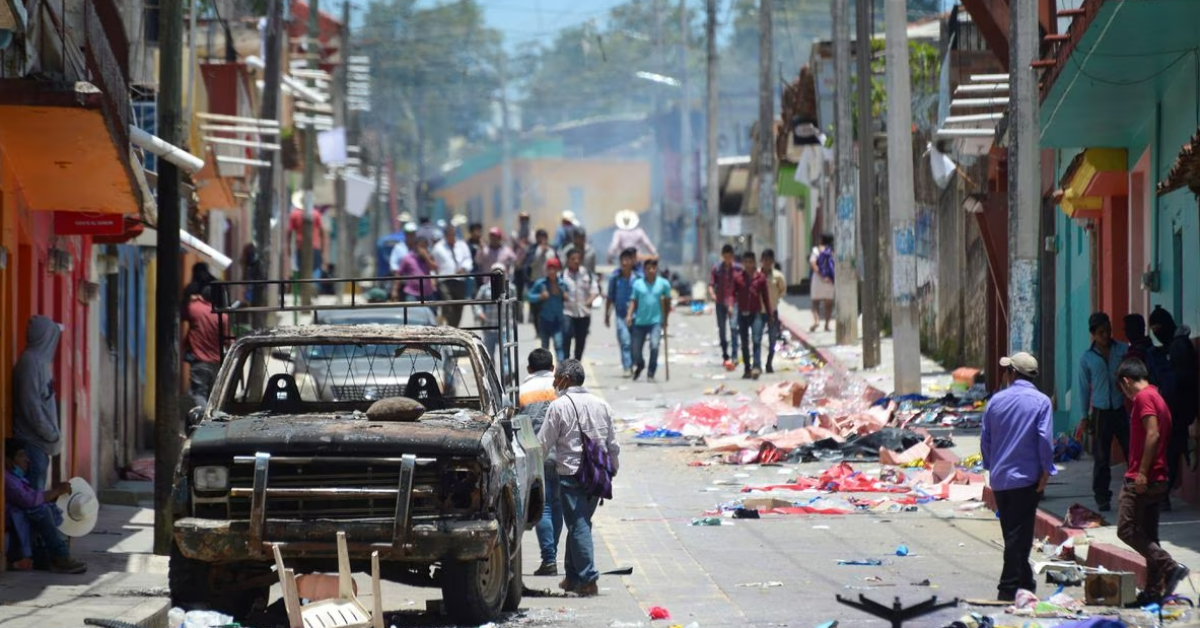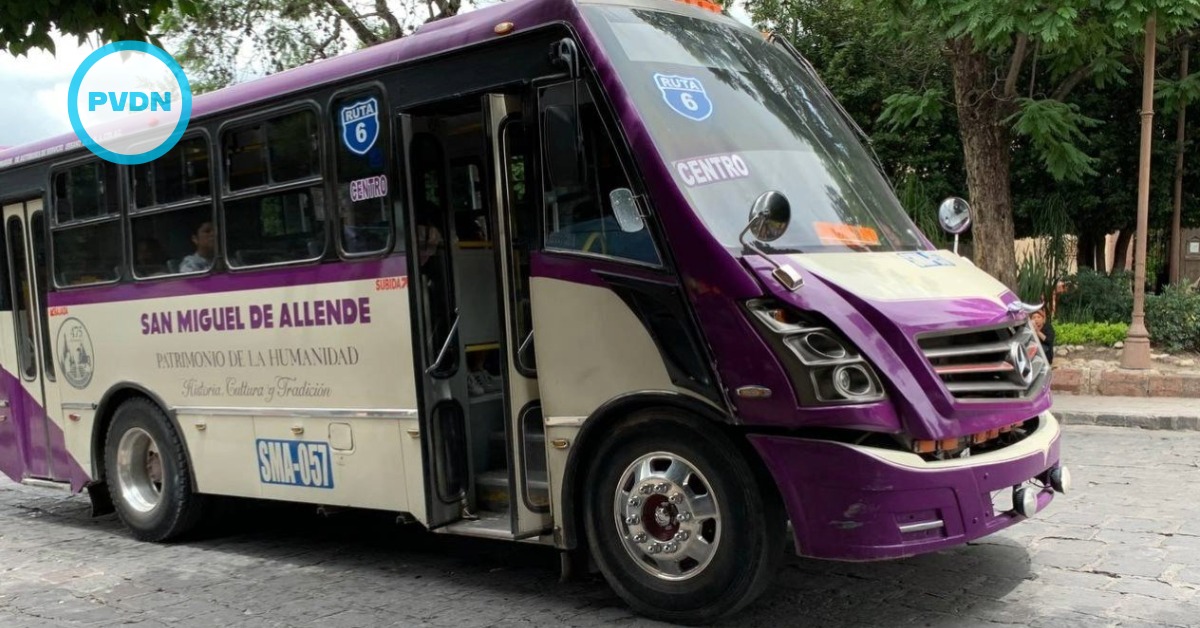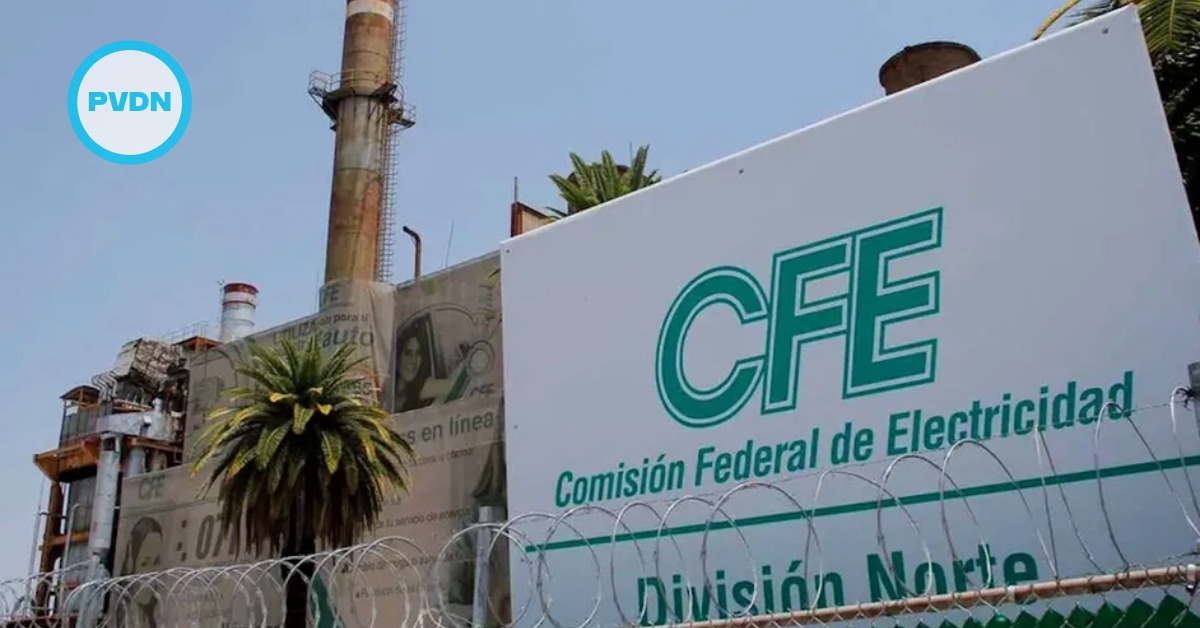In April 2021, 204 people fled their homes in the municipality of Cotija, in Michoacán, after members of a criminal group broke into their homes and threatened them with rifles and grenade launchers. The number of displaced persons in the State continued to increase that year and…






